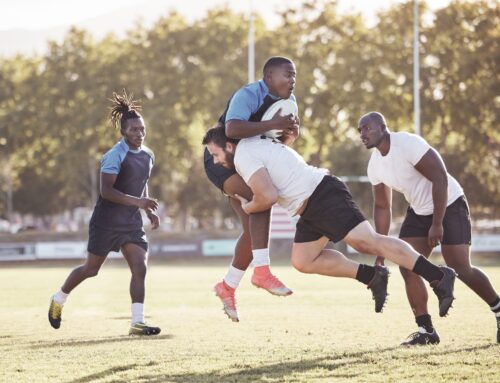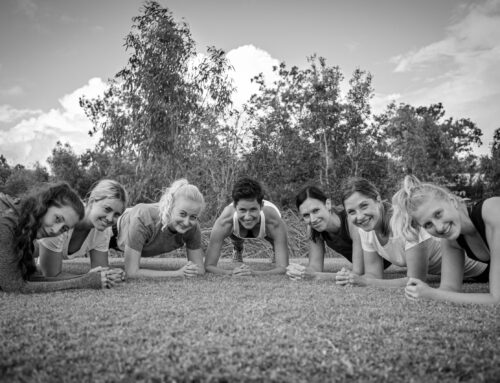Are You Ready for Marathon Season? Here’s How to Stay Injury-Free
As marathon season kicks off, runners of all levels are hitting the pavements and trails with renewed motivation. But with the buzz of race day on the horizon, there’s also a noticeable rise in running-related injuries. Why? In many cases, it comes down to doing too much, too soon.
Running is an incredible form of cardiovascular exercise. It’s free, it’s accessible, and it does wonders for both body and mind. But it’s also a high-impact, repetitive activity that places significant mechanical stress on your muscles, tendons, joints, and bones. Without proper progression and recovery, even the most enthusiastic runners can find themselves sidelined.
The Body Needs Time to Adapt
The human body is brilliant at adapting to physical stress—but not all at once. Muscles can respond relatively quickly, often within a few weeks. Tendons, ligaments, and bones, however, take much longer—sometimes several months—and they’re not as vocal about when they’re under strain. This makes them particularly vulnerable to overuse injuries, especially when training intensifies too quickly.
That 10K you added to your weekly mileage? It might feel fine at the time, but deep down, your tendons and bones could be playing catch-up.
Overuse injuries such as shin splints, Achilles tendinopathy, stress fractures, and runner’s knee are common results of this imbalance. Tendons, for instance, strengthen in response to load but require consistent, gradual stress over time to adapt properly. Likewise, bones remodel in response to impact—yet that process can take anywhere from 12 to 16 weeks. When training ramps up faster than these tissues can recover, breakdown wins out over buildup.
So, What’s the Solution?
The good news is that most running injuries are preventable. The golden rule? Gradual progression. Most experts recommend increasing your mileage by no more than 10% per week (though this depends on your current baseline). It’s also important to:
-
Listen to your body
-
Include sufficient rest and recovery
-
Cross-train and incorporate strength work
-
Mix up intensity and speed
-
Focus on proper footwear and form
Every Runner Is Unique
There’s no one-size-fits-all approach when it comes to running. Factors like previous injuries, running style, gait mechanics, strength, flexibility, and even your shoes can influence your risk of injury.
That’s where the Head2Toe Running Clinic can help.
Our running clinic offers expert assessments designed to spot the subtle biomechanical issues, movement restrictions, or strength deficits that may be putting you at risk. Whether you’re preparing for your first 5K or building up to marathon distance, we can help tailor your training and recovery to your body’s specific needs.
We’ll work with you to create an individualised plan that supports your goals while respecting your body’s capacity to adapt. With a focus on running gait analysis, mobility, strength, and plyometric ability, our clinic provides the insight you need to train smarter—not just harder.
Stay in the Race
Marathon season is an exciting time, but it shouldn’t come at the cost of your health. By training mindfully and seeking the right support, you can stay on track—and cross that finish line feeling strong, not broken.
Ready to run smarter?
Book your Running Clinic Assessment today and keep your goals on the right track:
👉 Head2Toe Running Clinic
Blog post guest written by Mel Bowden, Head Physiotherapist, Crawley Clinic.






